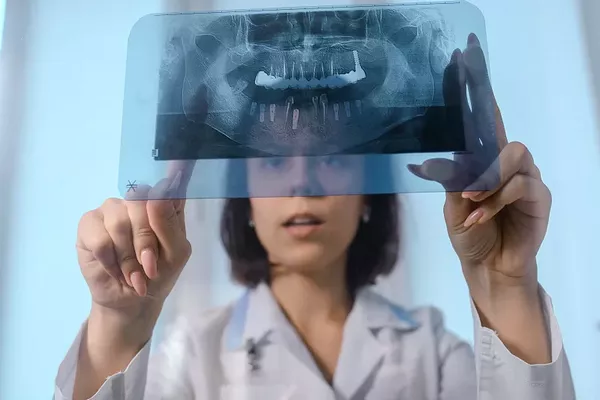Are you one of the many individuals who have recently undergone a deep cleaning procedure at the dentist’s office? If so, you might be curious about the healing process and how long it takes for your gums to reattach after such a treatment. In this comprehensive article, we will delve into the intricacies of gum reattachment following a deep cleaning. We will also explore the factors that influence this healing process and provide some tips to expedite recovery.
Understanding Deep Cleaning
Before we jump into the timeline of gum reattachment, it’s essential to grasp the essence of a deep cleaning. Dental deep cleaning, also known as scaling and root planing, is a specialized procedure aimed at treating gum disease, particularly in its more advanced stages. During this process, a dental hygienist or periodontist will meticulously remove plaque and tartar from below the gumline, targeting the root surfaces of your teeth.
Deep cleaning is vital for preventing and treating gum disease, but it can leave patients wondering about the healing timeline.
Factors Influencing Gum Reattachment
The timeline for gum reattachment after deep cleaning varies from person to person and depends on various factors:
Severity of Gum Disease:
The initial stage of gum disease might require less healing time, whereas advanced cases could take longer. If you catch the problem early, the reattachment process tends to be quicker.
Oral Hygiene Habits:
Your daily oral care routine plays a significant role in the healing process. Regular brushing, flossing, and the use of antibacterial mouthwash can expedite gum reattachment.
Overall Health:
General health factors such as nutrition and immune system strength can influence the speed of recovery.
Tobacco Use:
Smoking or using tobacco products can hinder the healing process by reducing blood flow to the gums.
Age:
Younger individuals often experience faster healing compared to older adults.
The Timeline for Gum Reattachment
On average, it can take anywhere from a few weeks to several months for gums to reattach after deep cleaning. The process typically unfolds in the following stages:
Immediate Healing (0-2 Weeks):
In the first two weeks post deep cleaning, your gums will primarily focus on reducing inflammation and sealing the treated areas. It’s common to experience some tenderness during this phase.
Maturation (2-8 Weeks):
Over the next six weeks, gum tissue will start regenerating and reattaching to the tooth surfaces. Your gums should gradually become firmer during this stage.
Complete Healing (2-6 Months):
The final stage can extend up to six months, during which the gum tissue fully matures and reattaches to your teeth. You will notice a significant improvement in gum health.
Tips for Speeding Up Gum Reattachment
If you’re eager to expedite the gum reattachment process after deep cleaning, here are some tips to consider:
Maintain Impeccable Oral Hygiene:
Consistent brushing, flossing, and mouthwash use is crucial. Your dentist may recommend a special toothbrush or mouthwash for optimal healing.
Follow Post-Procedure Instructions:
Your dental professional will provide specific instructions for post-deep cleaning care. Adhering to these guidelines can significantly improve the recovery period.
Dietary Choices:
Eating a balanced diet rich in vitamins and minerals, particularly vitamin C, can enhance the healing process.
Quit Smoking:
If you’re a smoker, this is an excellent time to consider quitting. Smoking inhibits blood flow and can impair gum healing.
Regular Dental Check-ups:
Don’t skip your follow-up appointments. Your dentist will monitor your progress and make necessary adjustments.
In conclusion, the timeline for gum reattachment after deep cleaning can vary based on individual factors and the severity of gum disease. However, by following the right oral care practices and making healthy lifestyle choices, you can promote a faster and more effective healing process. It’s essential to consult your dentist for personalized guidance and to ensure your gums reattach optimally, providing you with a healthier, happier smile.
Related Links:
What happens during a deep teeth cleaning?
How long does it take to do fillings?
How often dental cleaning with braces?






























